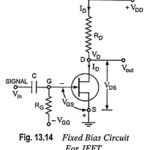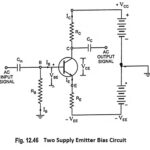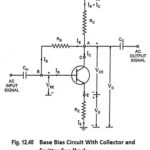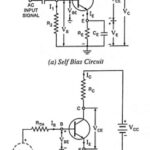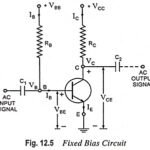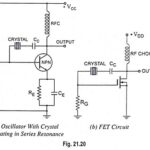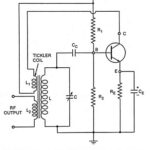FET Biasing Methods – Fixed Bias, Self Bias, Potential Divider Bias and Current Source Bias
FET Biasing Methods - Fixed Bias, Self Bias, Potential Divider Bias and Current Source Bias: Unlike BJTs, thermal runaway does not occur with FETs. However, the wide differences in maximum…

